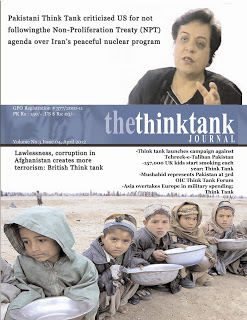Following the departure of Russia’s Wagner group from Ukraine’s battlefield and their involvement in the aborted uprising across the border, Kyiv officials expressed their satisfaction at the potential disarray within Moscow. However, according to a Bloomberg report, the withdrawal of Kremlin-funded mercenaries has not yet eased Ukraine’s high-stakes counteroffensive, and the outcome remains uncertain.
Withdrawal of Wagner Troops and Replacements:
Ukraine has confirmed that the Wagner troops are no longer engaged in frontline combat, and they have been replaced by a combination of paratroopers and inexperienced regular troops. The change in personnel raises questions about the effectiveness and impact of the new forces on the ongoing conflict.
Growing Division within the Russian State:
The march on Moscow led by Yevgeny Prigozhin, Wagner’s chief and once favored caterer of Russian President Vladimir Putin, has been interpreted by many in Kyiv as a sign of increasing division within the Russian state.
Some viewed the potential exit of the Wagner army, following their victory in a previous winter offensive, as a positive development.
Uncertainty Surrounding Wagner’s Strength:
The exact number of professional troops fighting under Prigozhin’s command has never been clear, and estimates suggesting around 25,000 may be inflated. The Wagner force has reportedly reverted to its core of professional fighters, which could indicate a smaller number of troops involved.
According to Michael Kofman, a Russian military specialist at a Washington think tank, the actual count might be closer to 15,000.
Role and Influence of Wagner Troops:
Experts have stated that the Wagner group did not play a significant role in the overall conflict, particularly after the battle in Bakhmut. Their future involvement in the war remained uncertain.
Rob Lee, a former US Marines officer and senior fellow at a Philadelphia-based research institute, explained that their contribution had been ambiguous.
Russia’s Attempt to Retain Experienced Fighters:
President Putin’s recent televised remarks emphasized Russia’s intention to encourage as many Wagner troops as possible to sign contracts with the Defense Ministry.
This move aims to tap into the pool of experienced fighters to sustain the war effort in Ukraine, highlighting the significance of skilled personnel in ongoing operations.
Conclusion:
The departure of Russia’s Wagner group from Ukraine’s battlefield has sparked mixed reactions and raised questions about the ongoing conflict. While some see it as a sign of division within the Russian state, others remain cautious about the impact on Ukraine’s counteroffensive.
The replacement of Wagner troops with a different mix of forces adds further uncertainty to the situation. The future role of Wagner and the dynamics of the conflict continue to evolve, warranting close attention and analysis in the coming days.




